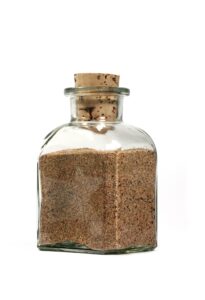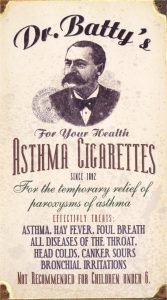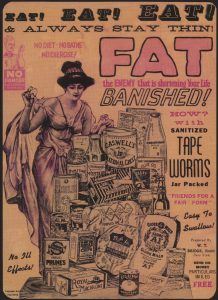
The Gentlemen, Farmers, Jockies, Stage-Coachmen and Carriers Universal Medicine in the true Cordial Horse Balls and Preparation of Antimony, adapted for the Use and Benefit of all, as well the Race as Cart Horse,
THE CORDIAL BALLS at 4s. per Pound, which in above 40 Years private Experience and 12 Years Publication, are approved of and recommended by several Noblemen, Gentlemen and Farmers as a Specifick Remedy for Sickness, Loss of Appetite, Colds, Gripes, Worms and Botts; they soon Cure a new Cold, and give immediate Relief in an old Cold, by opening the passages in the Lungs, and have cured many Horses thought to be broken Winded, and four Ounces is better than any Cordial Drink that can be made or given.
The Preparation of Antimony at 5s. per Pound for Grease. Stiffness in the Limbs after hard Riding, and by purifying the Blood disperses all Knots, Swellings, or Itching; and is, if used according the Directions, a preservative against the Farcin, Mange and Founder, and has cured many Horses of the Farcin after other Medicines have proved ineffectual, and the Horse worked all the while. It is an effectual Cure (with some of the Cordial Balls) for a dry husky Cough tho’ never so longstanding; it answers all the ends of Purging, with many other peculiar Virtues better experienced than expressed and set forth more at large in the Advertisement and Directions of both Medicines given with them.
They are prepared and sold by SAMUEL GIBSON, Druggist, at the Angel and Crown in Lombardstreet, AND NO WHERE ELSE, who also sells Pyrmont Water, Spaw Water, and all sorts of Drugs.
N.B. Whereas a certain Person at Exeter pretends to sell my Preparation of Antimony, and give with it a Written Advertisement and a Printed Direction, this is to inform all Gentlemen and others, that they may not be imposed upon by his common Antimony for my Preparation.
Source: The London Journal, 17 May 1729
.
Although Gibson was not the only proprietor of a named version of Cordial Balls, they increasingly became a generic remedy for horses’ ailments, and the domestic farriery books of the 18th and 19th centuries freely gave recipes for making them. The famous Dr Henry Bracken, who published Farriery Improv’d in 1738, suggested a mixture of aniseed, caraway, cardamom, brimstone, turmeric, saffron, licorice dissolved in small beer, elecampane, and wheat flour.
Some writers, however, thought the habit of dosing, bleeding and purging horses for every little ailment had gone too far:
“I think the practice of giving cordial balls to horses on every slight occasion,” said Professor Thomas Peall of the Royal Dublin Society, “may be aptly compared to the nefarious custom of dram-drinking in men, and is attended with pretty much the same effects ultimately.” (The Sportsman’s Magazine, Jan 1817)
The professor continued his tenuous analogy by relating an anecdote about an Irish horse that had become addicted to whiskey. Horses, he warned, “may not only become passive, involuntary debauchees, by the custom of having cordials thrust or poured down their throats, but may actually be brought to be fond of ardent spirits.”



The name makes it sound like it ought to be a sort of Christmas confection, though, doesn’t it?
At least they did not have antimony in them – that always makes me think of the Bravo case.
A lot of other horse medicines did contain antimony, or it was given powdered in the feed as a way of making the horse’s coat shinier. It wasn’t as poisonous to horses as to humans, hence not many equine equivalents of Mr Bravo, but if given in large enough quantities it didn’t do them any good. There were occasionally cases of dodgy vendors selling arsenic in place of antimony, which had a much worse effect. It could be pretty grim to be a horse.